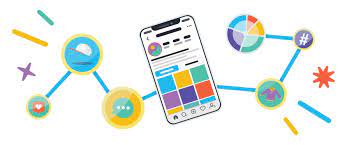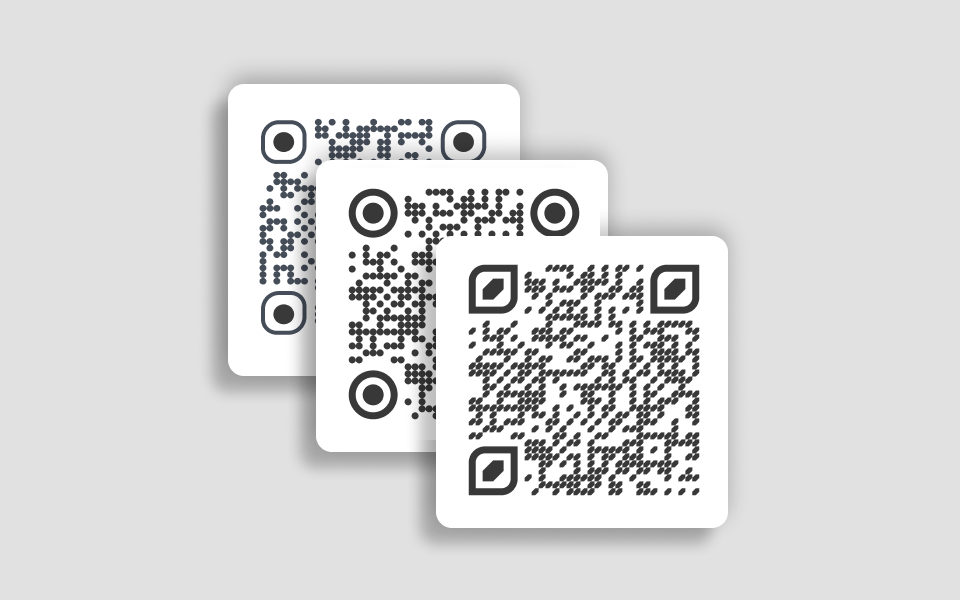Digital accessibility refers to ensuring that all individuals, regardless of their skills or limits, can utilize digital products and services. Keep in mind that only some people use digital products and services in the same manner. Some folks never use them at all. A blind person, for example, can utilize a screen reader, while someone with a learning impairment may need information provided in a more intelligible fashion.
Increasing the accessibility of your digital products and services is not only the correct thing to do, but it will also help your business prosper. If you make your products and services more accessible to the broader public, you will be able to attract a bigger audience, including individuals with disabilities. Furthermore, as more nations enact legislation and standards demanding accessibility, guaranteeing the accessibility of your products and services becomes increasingly important.
If you want assistance with your company’s digital accessibility, please get in touch with QualityLogic. We think accessibility is a human right and understand how frustrating it may be for people with disabilities to be unable to explore some topics. We would want to help businesses learn and flourish. As a consequence, we will assist you in developing the best technique to boost your accessibility. Before you call us, try some of the following recommendations.
How To Improve Access to Your Digital Goods and Services
Before you begin creating accessible material, you should obtain professional advice. The most straightforward method to ensure that your digital goods and services are available to all consumers is to design them from the beginning. User research is the first step in the design process, and it must continue through the coding phase. Digital accessibility must be considered at each level. Collaboration with accessibility experts is also necessary to ensure that your designs are as user-friendly as feasible.
Be Certain That Your Material is Easy to Grasp
Even if it appears apparent, be sure that the information you provide is clear and concise. This means eliminating jargon and utilizing clear, straightforward language. It also means making your content available in several media formats, like audio and video, for consumers who prefer or are compelled to consume information in these formats.
When Using Images and Videos, Exercise Caution
Images and videos are excellent methods to supplement the text and make it simpler to understand. However, the correct usage is essential for decreasing accessibility issues. Include text equivalents for visual material, such as images and videos, so that persons who cannot see them may nevertheless grasp what they are saying. Also, ensure that your photographs and videos have enough contrast for persons with limited vision to view.
It may be complex to ensure that your information and services are available in the digital world, but you will be able to achieve it if you follow these guidelines.
What Good is Online Access?
The World Health Organization defines disability as “an umbrella word that covers impairments, activity constraints, and participation restraints.” Disabilities include physical, sensory, cognitive, mental, and intellectual problems. Disability is expected to affect one billion people globally, making it one of the most prevalent health issues. Despite this, persons with disabilities experience considerable challenges in accessing education, employment, and other critical services.
Making digital material and services available to everyone is one strategy for addressing these limits. This involves the creation of websites and applications for those who are deaf or hard of hearing, blind or have impaired vision, or have a cognitive or intellectual disability. By making digital material and services more accessible, we can assist in removing some of the barriers that individuals with disabilities confront, allowing them to live full and inclusive lives.
How Disabled People Make Use of Digital Content
People with impairments have a variety of difficulties when it comes to browsing digital information. For blind or visually challenged people, screen reader software, for example, may be necessary to transform the text into audio. Captions or subtitles may be necessary for persons who are deaf or hard of hearing to access audio and visual content.
For persons with cognitive limitations, it may be important to simplify the presentation of material. People with physical limitations, for example, may require material access through switches or eye-gaze trackers, among other input modalities. Website designers and developers may generate digital material that is accessible to a broader audience by using these several criteria.
Designing For the Visually Impaired and Blind
When it comes to digital data, remember that only some see the world the same way. For example, those who are blind or have poor eyesight rely on specialized signals to comprehend information. As a result, special considerations must be addressed while generating digital material for them. Text descriptions for photos, for example, must always be unique. Videos should have captions and audio explanations. By following these rules, you can guarantee that everyone gets access to your digital information.
Designing For the Deaf
It is vital to consider the needs of all possible viewers while generating digital content. Individuals with impairments that have difficulty absorbing traditional types of material are catered to. Closed captioning, for example, can help deaf and hard-of-hearing people access digital information.
When generating digital content with closed captions, many factors must be addressed. To begin, the captions must be simple to read and understand. This includes employing large font sizes and avoiding complicated, hard-to-read typefaces. Subtitles should also be synchronized with the audio track. This may be done by either manually creating the captions or manually transcribing the audio track and utilizing software that generates captions automatically. Finally, carefully reread the captions to ensure that they are error-free.
If you follow these guidelines, you may produce digital content that is available to everyone. Closed captioning is one way to make your material more accessible; audio description and sign language interpretation are two more alternatives. By taking into account the demands of all viewers, it is feasible to develop digital content that appeals to everyone.
Making Content For People With Cognitive Disabilities
When generating digital material for persons with intellectual disabilities, there are various obstacles to consider. Consider that each person is unique and will require a special technique. To increase content accessibility, however, there are a few fundamental principles that may be followed. For example, disability services advocate for the use of simple language and pictures. This may help the reader comprehend the topic and avoid misconceptions.
It is vital to give a range of options for participation and expression. Allowing people to interact with knowledge on their own terms improves understanding and retention.
Conclusion
Designers may produce digital material that is both accessible and instructional for all customers by following these recommendations. Click here to discover more about how QualityLogic may assist you. We will continue to advise you even after we have supported you in getting started with digital accessibility. You can rely on our experts to point you on the proper route.








